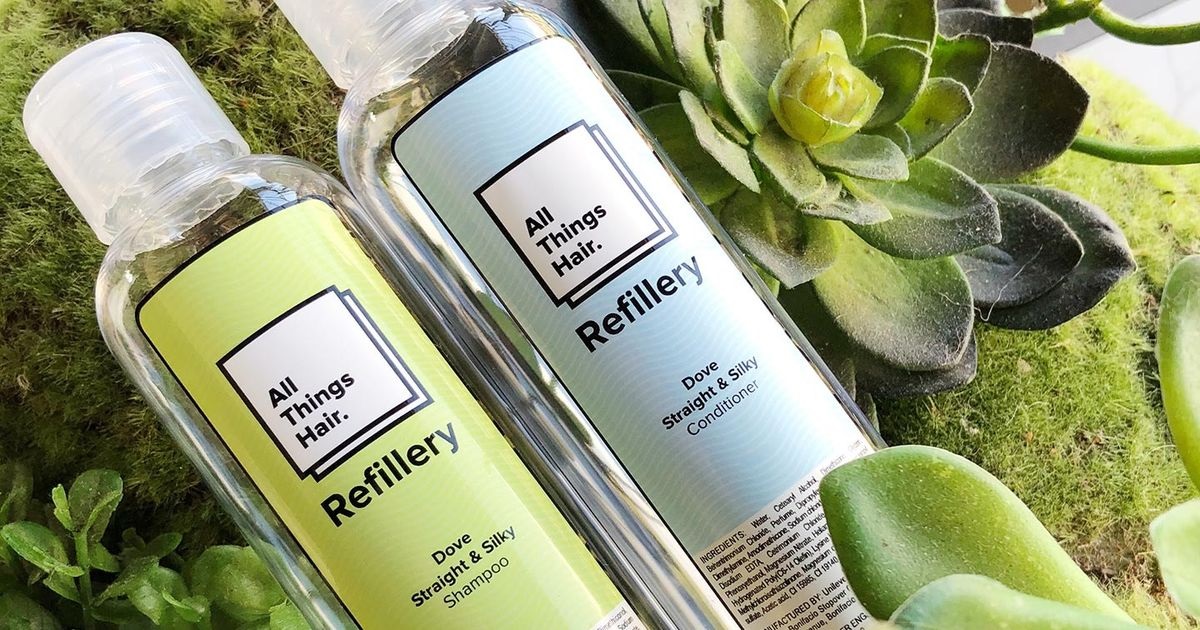In recent years, there has been a significant shift in consumer mindset towards more sustainable and environmentally conscious choices. As a result, refillable products have emerged as a popular solution for individuals and businesses seeking to reduce waste and promote a greener future.
This article will delve deeper into the world of refillable products, exploring their environmental benefits, practicality, and the positive impact they have on our transition to a more sustainable future. From reducing waste to promoting a circular economy and providing cost-effective alternatives, refillable products are revolutionizing the way we consume, encouraging us all to play an active role in creating a greener and more sustainable world. If you want to know more about Refillable Products visit Loveluvo.
What are Refillable Products?
Refillable products are items that come in reusable containers designed to be refilled with their respective contents once they are empty. These containers are typically made from durable materials like glass, metal, or sturdy plastic and are built to withstand multiple refill cycles.
The Environmental Benefits of Refillable Products
Refillable products present numerous environmental benefits that make them an appealing choice for conscious consumers. Let’s explore some of these advantages:
- Reduced Waste: Refillable products help tackle the issue of excessive waste generation. By opting for refillable containers, we can significantly reduce the number of single-use items that end up in landfills or pollute our oceans.
- Resource Conservation: Refillable products promote resource conservation. Instead of manufacturing new packaging for each use, these products utilize the same container repeatedly. This practice conserves raw materials and reduces energy consumption, ultimately lowering the overall environmental impact.
- Lowered Carbon Footprint: The production and transportation of disposable products contribute to greenhouse gas emissions. Refillable products often require fewer manufacturing processes and result in fewer carbon emissions. Additionally, by eliminating the need for frequent product repurchasing, refillables also reduce the carbon footprint associated with supply chains.
- Promotion of Circular Economy: Refillable products are a key component of the circular economy model. By encouraging the reuse of containers, these products support a system where resources remain in use for as long as possible. This approach minimizes waste and ensures the materials can be recycled or repurposed at the end of their lifecycle.
Embracing Refillable Products: Practical and Convenient
While the environmental benefits of refillable products are clear, the convenience and practicality they offer are equally important factors driving their adoption. Here are some reasons why refillable products are gaining popularity among consumers:
1. Cost-Effective:
Refillable products are often cost-effective in the long run. Although the initial purchase might be slightly higher than their single-use counterparts, refilling the containers or purchasing refills is generally more affordable than continuously buying new products.
2. Customizable and Personalized:
Refillable products often allow for customization and personalization. Whether it’s selecting specific scents for home fragrances or choosing the quantity of product to refill, these options cater to individual preferences, providing a unique user experience.
3. Wide Range of Products:
The range of refillable products available is expanding rapidly. From cleaning supplies, personal care items, and cosmetics to pantry staples such as oils and spices, there is a growing variety of options to choose from. This diversity ensures that consumers can find refillable alternatives for many everyday products.
4. Accessible Refill Stations:
To make the transition to refillable products smoother, refill stations are becoming more prevalent. These stations allow consumers to bring their empty containers and refill them with their preferred products, eliminating the need to purchase new ones. Refill stations are popping up in various locations, including grocery stores, zero-waste shops, and dedicated refill stations in urban areas.
In short, the rise of refillable products is a promising solution for a greener future. As consumers become increasingly aware of their impact on the environment, many are seeking out sustainable alternatives to traditional single-use packaging. By embracing refillable products, companies can not only reduce their environmental footprint but also appeal to a growing market of eco-conscious consumers. However, implementing refillable systems requires careful planning and investment in infrastructure and education. As we move towards a more sustainable future, it is important for businesses and individuals alike to consider the benefits of refillable products and take action to reduce waste.

